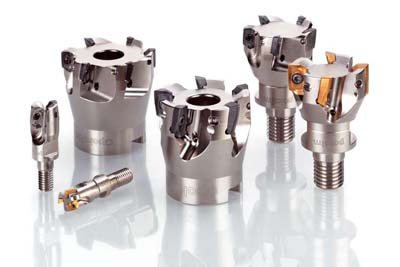Pokolm’s Slotworx Milling Cutters
Pokolm’s Slotworx Milling Cutters
Pokolm's Slotworx milling cutters are now available through Single Source Technologies.

Pokolm's Slotworx milling cutters are now available through Single Source Technologies. Slotworx milling cutters offer a complete range of sizes for a variety of applications, including roughing and finishing of steel, aluminum, graphite, plastics and hardened materials. With this product line, Single Source Technologies offers a Slotworx solution for most face-, groove-, pocket-, side- or shoulder-milling needs.
Slotworx milling cutters are available with threaded shanks, plain shanks, clamping flats, shell-type milling cutters and are compatible with Pokolm's patented DuoPlug system for the highest concentricity and maximum rigidity in fine-finishing operations. The endmills feature helical cutting edges with positive rake angles to provide continuous stability, easy cutting and outstanding surface finishes in all milling operations. Coolant supplied directly to the cutting edges avoids chip buildup on the insert's cutting face for the highest level of reliability.
Slotworx milling cutters are available in three different sizes: L, M and S.
Slotworx "L" provides cutting depths of up to 14mm with diameters ranging between 25mm and 100mm for maximum metal-removal rates in operations such as face milling, grooving and angular ramping.
Slotworx "M" is an all-purpose endmill with cutting length of 9mm and available diameters of 16mm to 52mm.
Slotworx "S" is ideal for efficient machining of smaller features such as side and shoulder milling.
Slotworx has patented insert seats that feature smaller torx screws to prevent balancing errors. This design enables smoother, more accurate cutting conditions even in deep cavities and 90-degree shoulders. Slotworx milling cutters are compatible with a variety of ground and polished indexable inserts for outstanding surface finish in face-milling operations. It is also compatible with the new M40 and PVST inserts for efficient machining of stainless steel and materials resistant to acid and heat.





